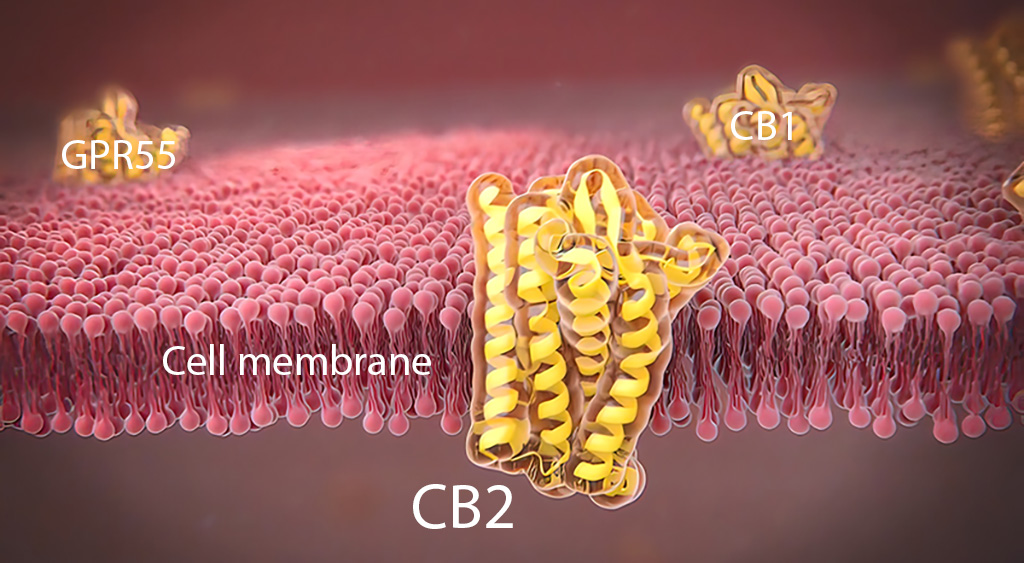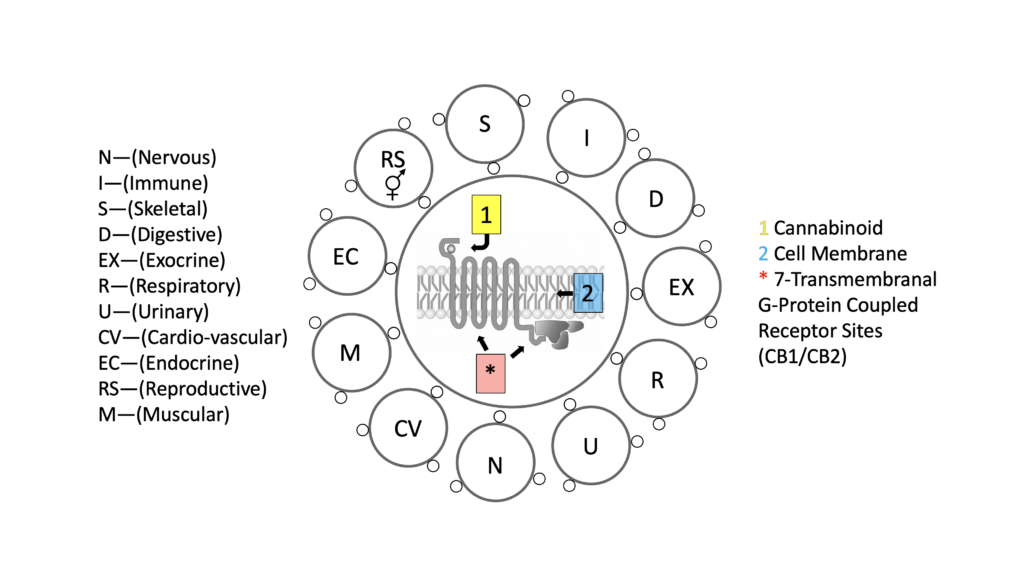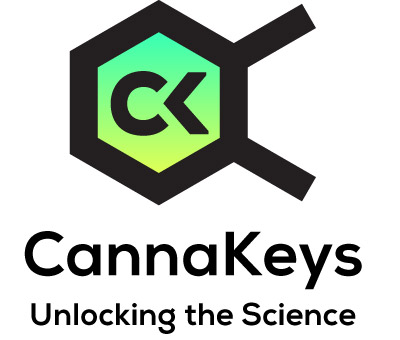
What is an endocannabinoid?
The prefix endo- is taken from the Greek éndonmeaning inner or within. The middle section of the word, -cannabis-, is brought to reference cannabis. The suffix -oidis taken from the ancient Greek -oeides,meaning likeness, to indicate alike. As such, if we were to line up these words and their respective meanings, we would get “the system that is like cannabis within, or endo- cannabinoid” As such, the term endocannabinoid describes cannabinoids that are made by the human body.
What is a receptor?
Practically speaking, any organic macromolecule that binds a substance, such as a cannabinoid or pharmaceutical medication, and generates a measurable effect can be considered a receptor site.
What is an endocannabinoid receptor?
An endocannabinoid receptor is a naturally occurring macromolecule that binds cannabinoids or their analogs to generate specific and measurable effects.
What is Their Evolutionary Origin?
While there are diverse types of receptors, the first endocannabinoid receptor evolved about 600 million years ago.1 As such, all mammals—including humans—have naturally occurring endocannabinoid receptor sites that have played a significant role in the underlying pathology of disease and the psychophysiology of health and well-being since immemorial.
How Do They Work?
To better demonstrate how receptors work, allow me to use a relatively common lock and key analogy. Think of receptor sites as locks that can open the doors to realizing many therapeutic or adverse effects. The other component that completes the metaphor is the key, which is, in this context, cannabinoids that fit into the lock.
At its most basic, once a key is inserted into a lock, a specific effect is realized inside each of the individual cells that contain them. When we multiply these effects by a billion, we begin to see changes in body, mind, and emotion.
When Do They Work?
Always! The endocannabinoid receptor plays a central role in mammalian life from conception to death and the entire journey in between.
Where Specifically Do Endocannabinoid Receptors Express?
Endocannabinoid receptor sites are embedded in individual cellular membranes and organelles and can be found at various densities throughout the body. For instance, the CB1 receptor is considered the most abundant G-protein receptor in the brain2. In contrast, the CB2 receptor is more dominant in cells of the periphery and cells of the immune system.
What Do Endocannabinoid Receptors Do?
Receptor sites communicate and respond to the body’s needs in a constantly changing internal and external environment. As such, each endocannabinoid receptor plays a never-ending part in transforming a constant cacophony of stressors, change, and chaos into a grand symphony to assure homeostasis, well-being, and by extension, our survival. And the ECS fills the role of a conductor.
Loss of Endocannabinoid Receptors
Chronic stressors such as pathological aging can diminish the expression of endocannabinoid receptor sites with subsequent loss in endocannabinoid and associated homeostatic signaling with debilitating consequences to maintaining human health and resilience.
How Many Have Endocannabinoid Receptors Been Identified?
Two endocannabinoid receptors, CB1 (1990)3 and CB2 (1993)4, have been identified, characterized, and cloned, and their DNA sequence uncoded. The genes that code for CB1 and CB2 are CNR1 and CNR2. In addition, a third is proposed, i.e., GPR55.
Learn more about the endocannabinoid receptor sites by following links below.
CannaKeys Endocannabinoid Receptor Site Resources

Endnotes:
1. McPartland, John M, Pruitt, Patty (2002). Sourcing the code: Searching for the evolutionary origins of cannabinoid receptors, vanilloid receptors, and anandamide. Journal of Cannabis Therapeutics, 2(1).
2. Irving, A.J., McDonald, N.A., Harkany, T. (2008). CB1 Cannabinoid Receptors: Molecular Biology, Second Messenger Coupling and Polarized Trafficking in Neurons. In: Köfalvi, A. (eds) Cannabinoids and the Brain. Springer, Boston, MA.
3. Matsuda, L. A., S. J. Lolait, M. J. Brownstein, A. C. Young, and T. I. Bonner (1990). Structure of a cannabinoid receptor and functional expression of the cloned cDNA. Nature 346:561-4.
4. Munro, S., K. L. Thomas, and M. Abu-Shaar (1993). Molecular characterization of a peripheral receptor for cannabinoids. Nature 365:61-5.

